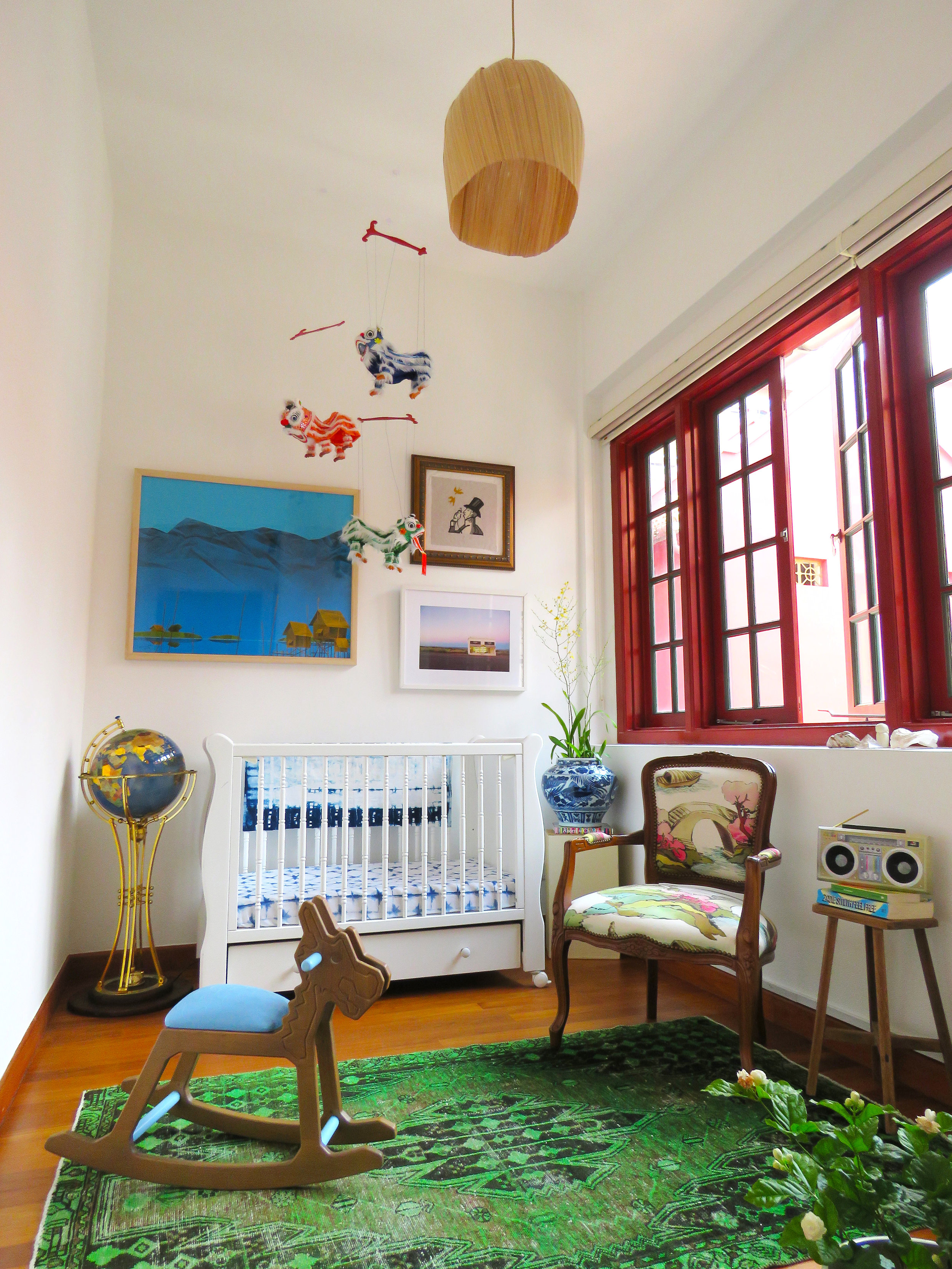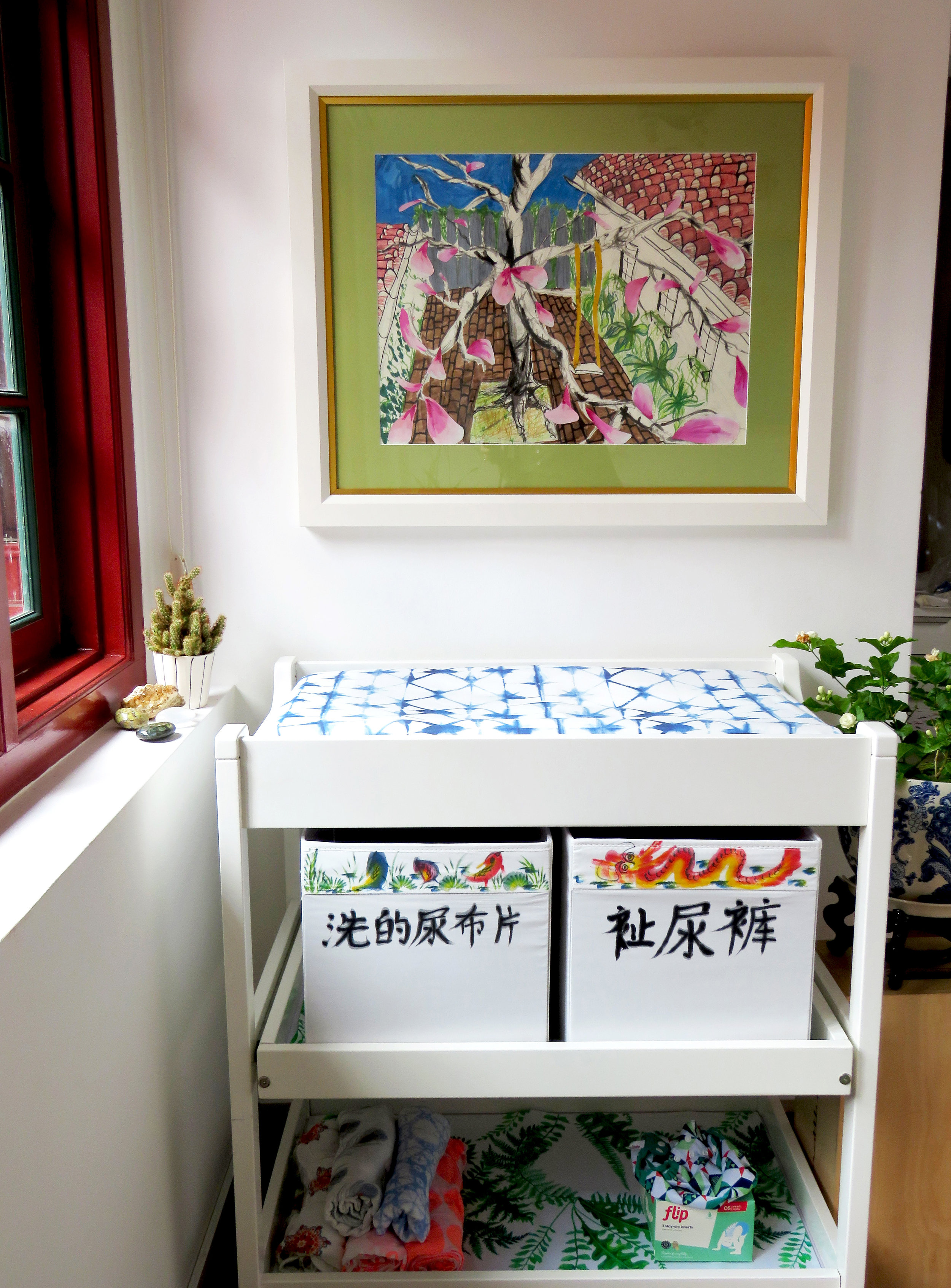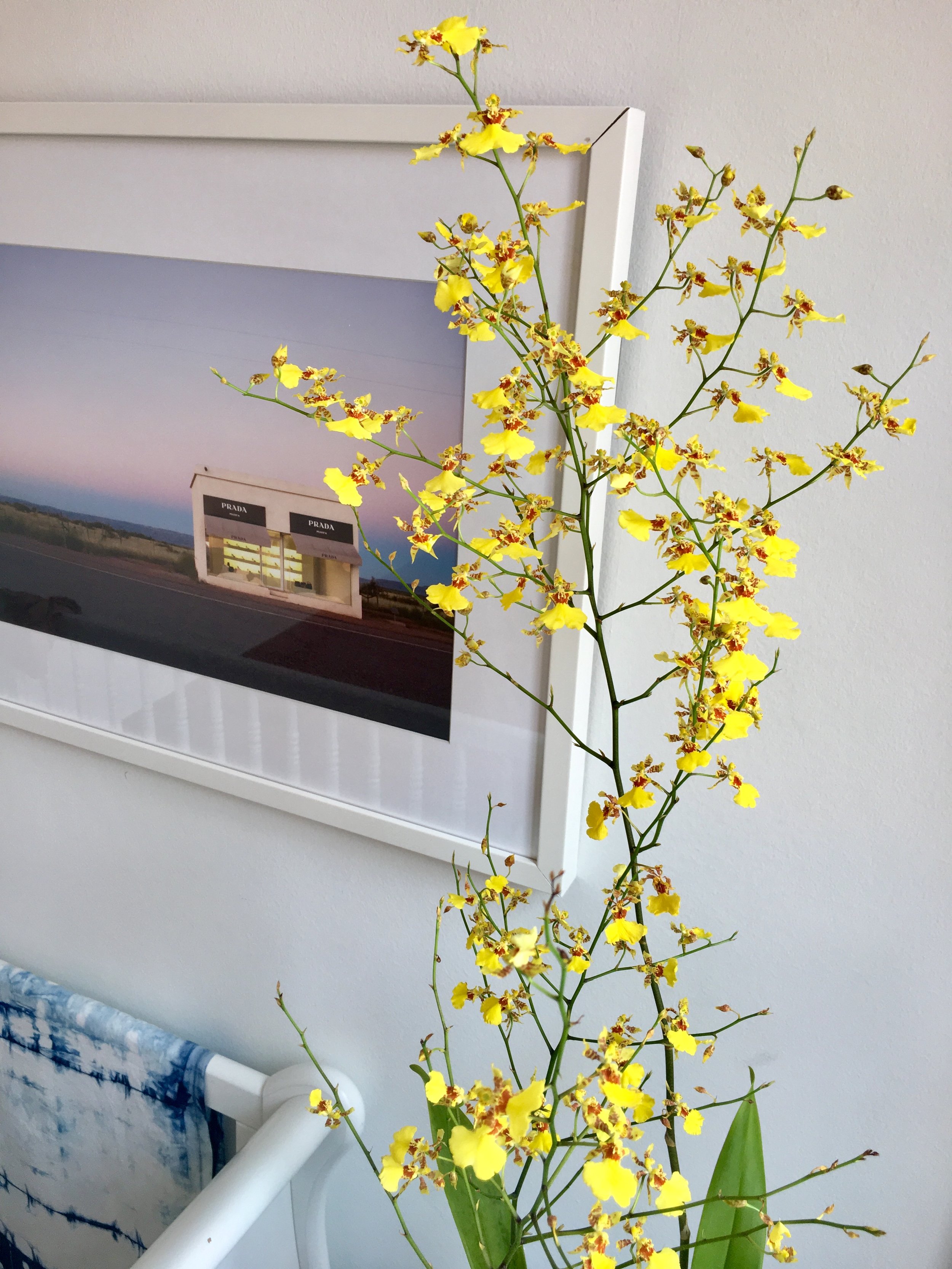If you’re serious about helping the environment and reducing global warming, then don’t have children.
That's the advice from the experts—population growth is one of the biggest contributors to global warming. For that reason, when I was truly fortunate enough to become pregnant, I didn't take lightly the responsibility to raise a child in a way that's friendly to the planet. The best way I know to lessen the impact of bringing a child into this world is to create the most sustainably designed surroundings for my baby’s future life in Singapore, where I live.
You hear a lot about “sustainable design,” “non-toxic” merchandise, and “organic” products. Often these terms are used loosely and turn out to be inaccurate. My goal with this sustainably designed nursery was to leave a low impact on the environment, while creating a safe and low-toxic surrounding for the baby. This was inspired by using mostly regional, ethically-made or renewable resources, and using natural and organic materials, as well as up-cycled and vintage elements.
While it is possible to find GOTS-certified organic and low-toxic materials, in reality, toxins are all around us. Toxins can be found occurring naturally, and also with man-made chemicals used to make the things we buy and encounter on a daily basis. But we can attenuate toxins by researching and asking more questions of suppliers we buy from about their materials and manufacturing methods. That helps us purchase locally and ethically made goods as much as possible to support the circular economy.
One of my initial thoughts was that my child will wear cloth diapers and have little to no plastic in terms of toys etc. I was actually thinking about a "three toy policy" for any given time, but then I was convinced that might be a bit extreme for city living; I’m open to various methods of making and playing but not keen on any unnecessary plastic.
An Earth-friendly nursery
For this bright and cozy nursery, I wanted to make the most of what I already had and honor local and regional resources and artists in the overall concept. I began my search for up-cycled and vintage furniture for the main pieces. After much trolling on Carousell, an app for buying and selling secondhand goods, I found a beautiful French baby cot and solidly made changing table. I also got the delightful chance to meet new people at the various pickup locations across the island of Singapore.
For the changing table, I had laminated cotton, fern print inserts made. I took Ikea fabric storage boxes and had a Chinatown calligraphy artist, Jessie Ren, label them in Mandarin characters for “cloth diapers,” “tops” and “bottoms” to keep organized. The Singaporean locals who helped me with the translations made this a community effort.











